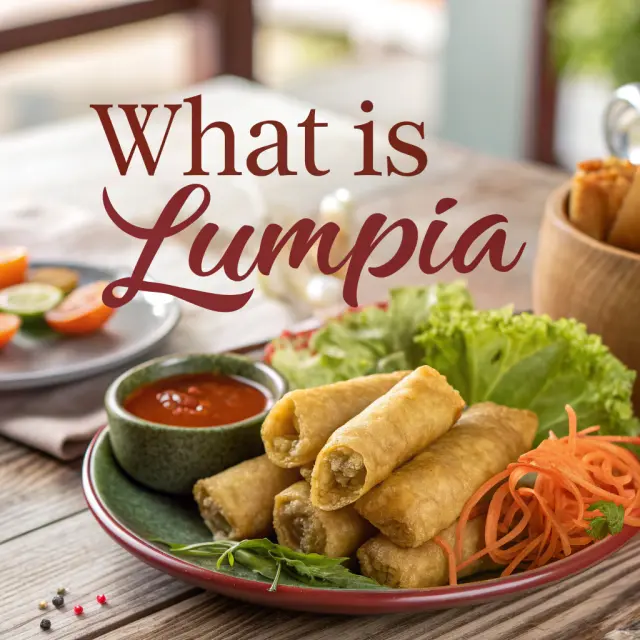What is Vinta
The term “Vinta” refers to a traditional boat crafted by the ethnic Badjao and Moro people of the Philippines, primarily found in the Mindanao region. Known for its distinctive colorful sails, the Vinta is an icon of Filipino culture and maritime history.
History of Vinta
The Vinta has a rich history tied to the seafaring lifestyles of the indigenous groups in the Sulu Archipelago and Mindanao. Historically, these boats were essential for travel, trade, and fishing, highlighting the maritime prowess of the Filipino ancestors. It is believed that the colorful patterns on the sails symbolize cultural diversity and unity among the different ethnic groups in the Philippines. The boats are often featured in cultural celebrations and are a popular motif in Filipino arts and crafts.
Vinta Design and Construction
Vintas are known for their unique design, featuring a narrow hull and an elegant proa, or claw-shaped outrigger. They are typically constructed from local materials such as wood and bamboo, making them light yet sturdy. The sails are the most captivating element, traditionally handwoven with vibrant fabrics, these sails often display intricate geometric designs that vary from one community to another.
Vinta’s Cultural Significance
Beyond their practical use, Vintas hold deep cultural significance for the Filipino people. They are emblematic of the resourcefulness, skill, and creativity of the maritime communities that built them. Today, they serve as a symbol of heritage, pride, and the enduring traditions of the Philippines.
Frequently Asked Questions
1. Are Vintas still used today?
Yes, while primarily used for cultural events and tourism now, Vintas are still made and occasionally used by local fishermen in Mindanao.
2. What does the design on a Vinta’s sail represent?
The designs on Vinta sails are symbolic of cultural heritage, often reflecting the community’s history, beliefs, and identity within the diverse tapestry of the Philippines.
3. How are Vintas made?
Vintas are traditionally handcrafted using local natural materials such as wood for the hull and bamboo for the outrigger. Sails are made from brightly colored fabric woven into geometric patterns.
4. Where can one see a Vinta?
Vintas are often displayed during cultural festivals in Mindanao and the Sulu Archipelago. They can also be seen in museums or specific tourist locations promoting Filipino maritime culture.
5. What is the cultural significance of the Vinta?
The Vinta is a cultural symbol representing the maritime history, craftsmanship, and blended cultural heritage of the Southern Philippines. Its vibrant sails and traditional designs showcase the skills of local artisans, who have passed down their knowledge through generations. The Vinta also serves as a reminder of the region’s rich seafaring tradition and its connections to trade and exploration. Similarly, harana’s cultural significance in the Philippines highlights the importance of music and romance in Filipino communities, weaving together stories of love and longing that reflect the nation’s diverse heritage.


